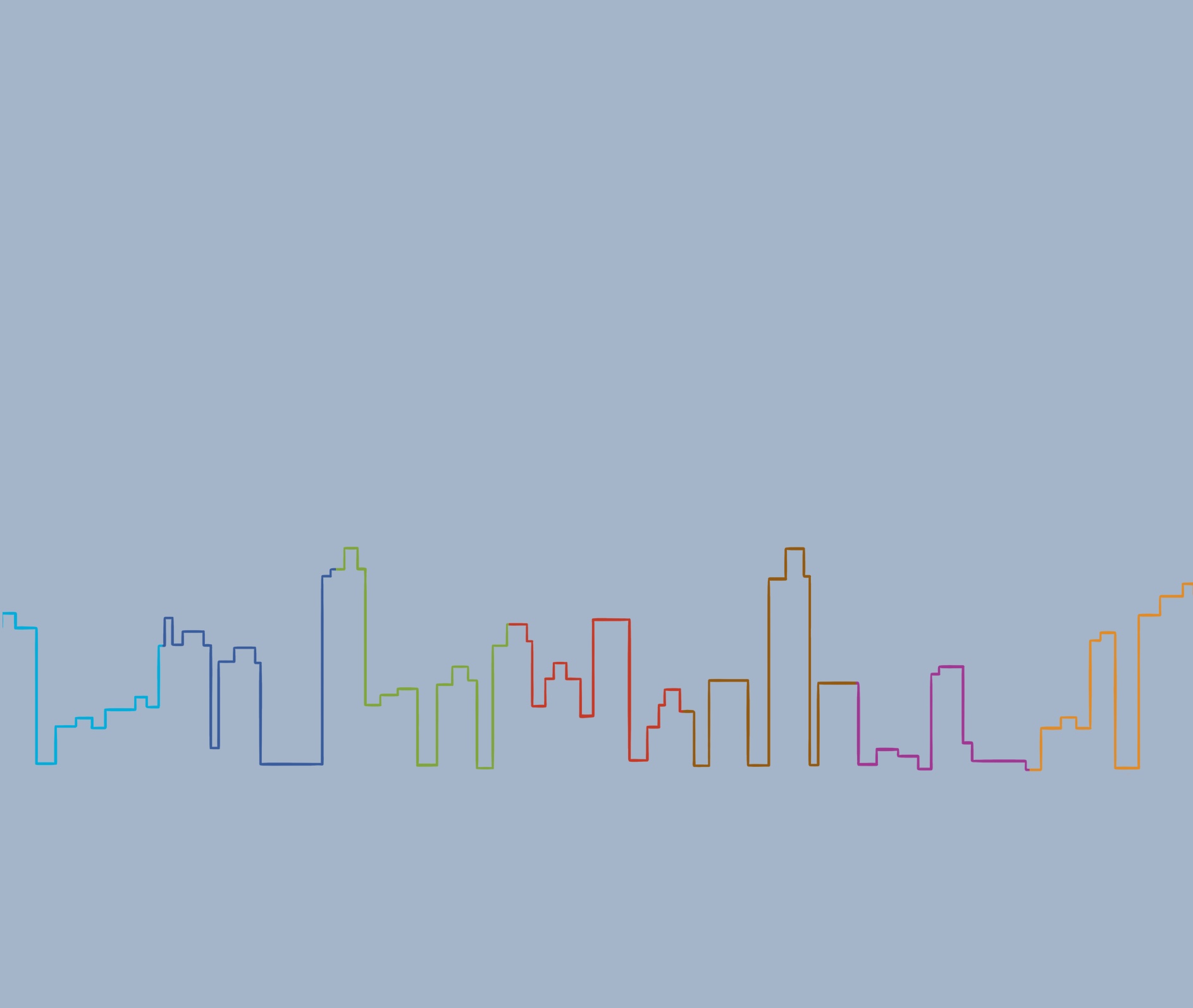
Scroll down to reveal the story

I've lived here for as long as I can remember and I've watched this water change - gradually at first and then altogether. At last, I think it's time someone spoke for it.

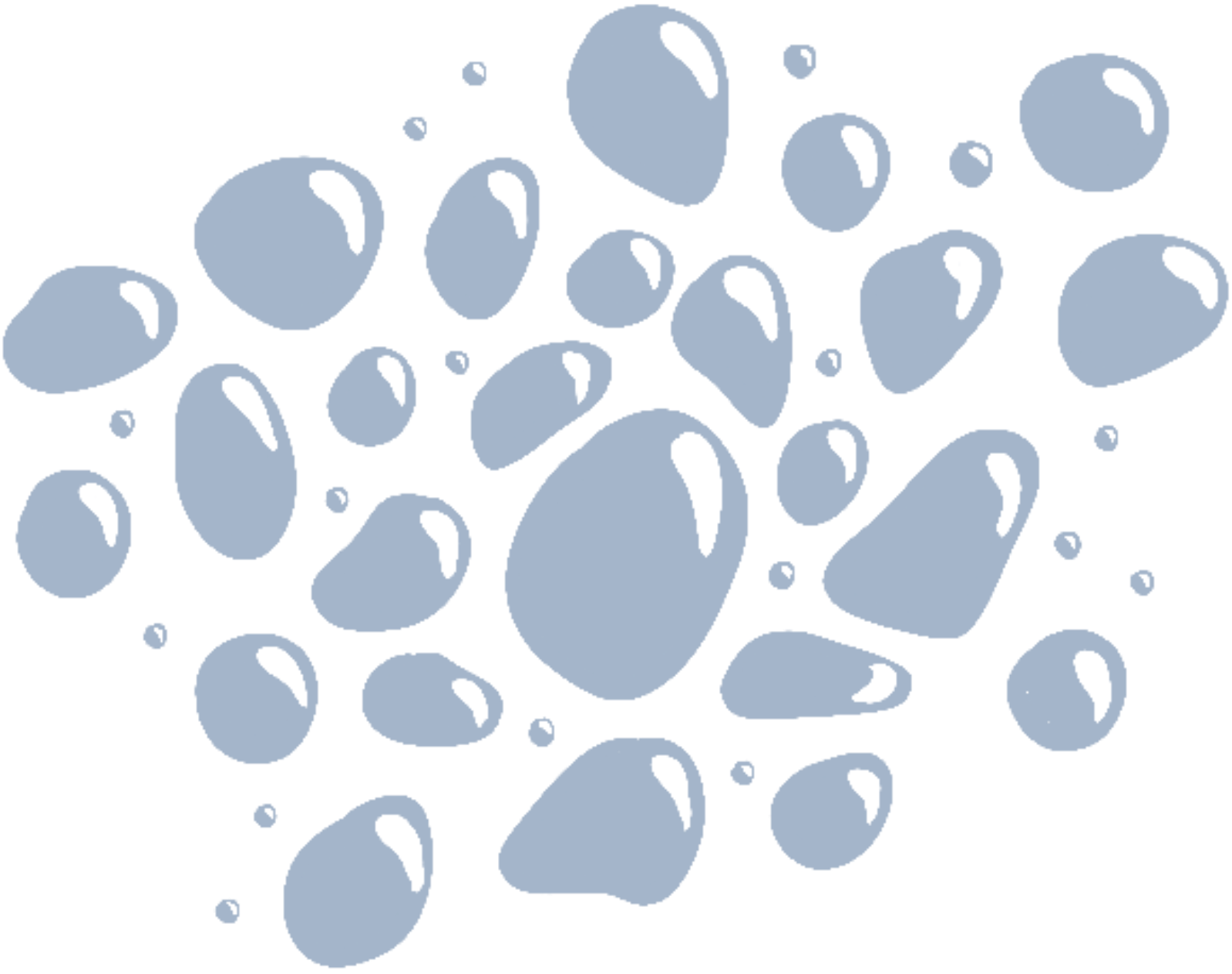
Excess levels of nitrate cause nitrate toxicity to aquatic animals, as it reduces the ability of red blood cells to carry oxygen.
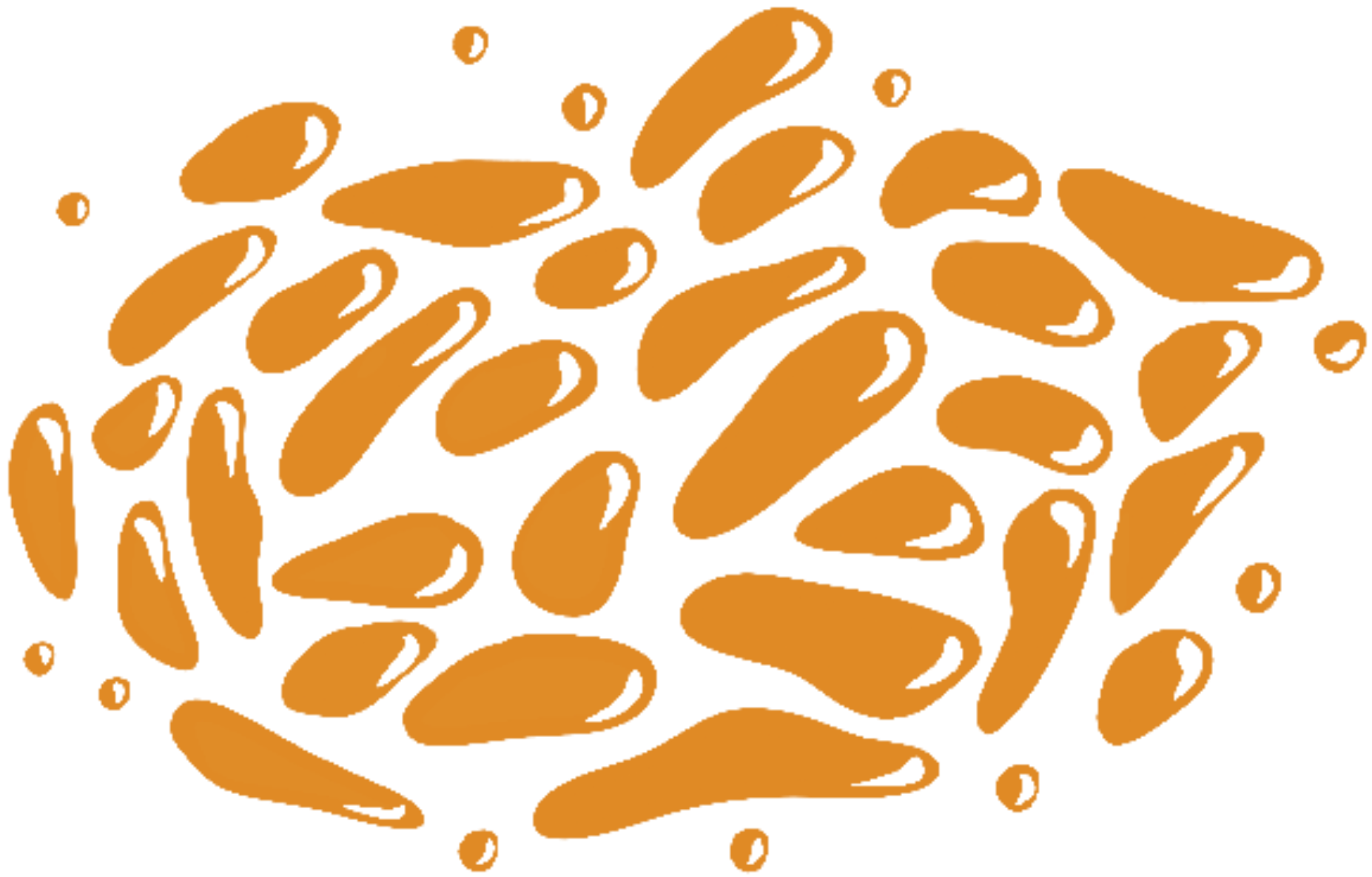
Water with high concentrations of ammonia harms, even kills off, aquatic life and produces harmful algal blooms.
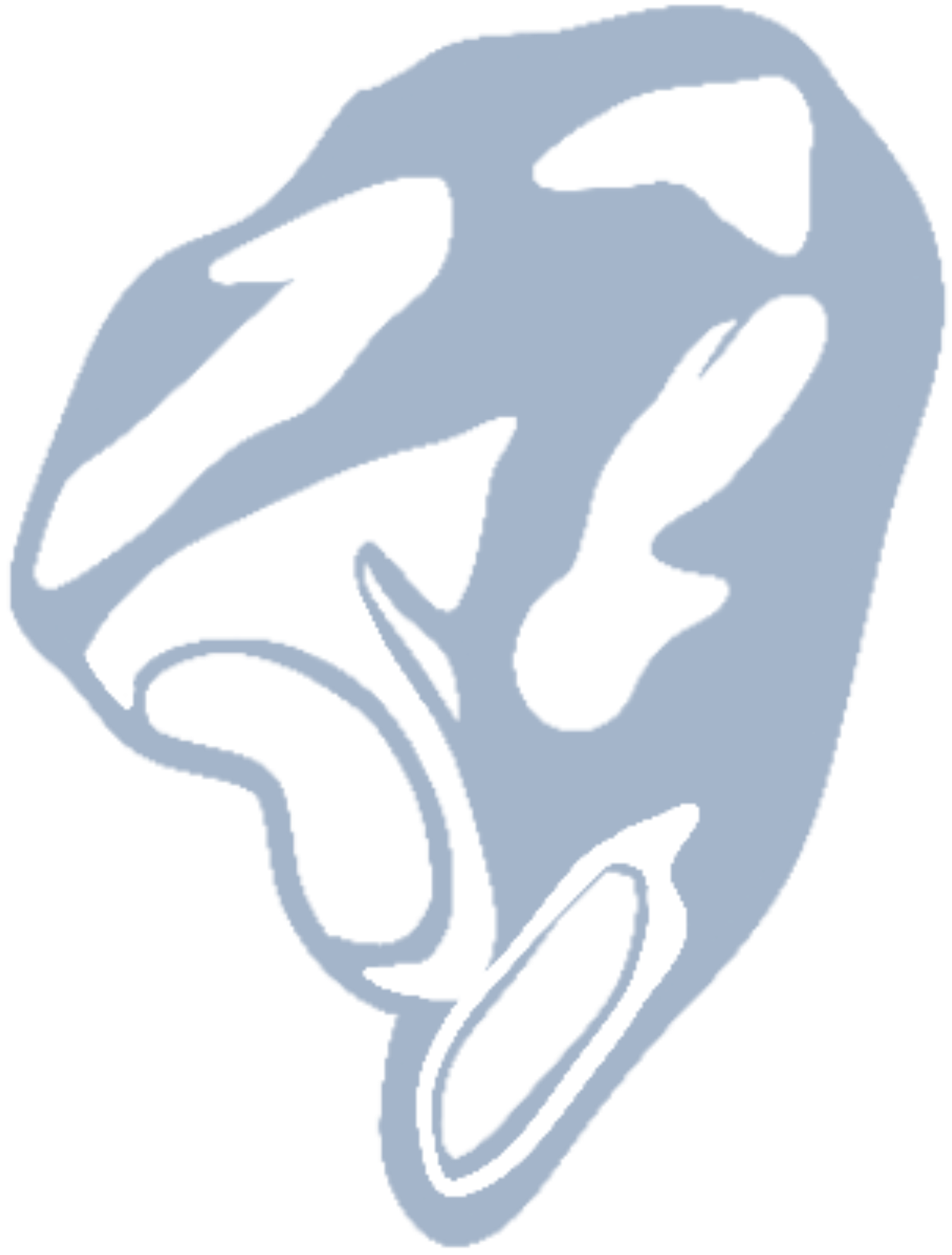
Pollution of all kinds – especially consisting of non-biodegradable plastics – are harmful to both aquatic flora and fauna.
Hover over me!
What lies beneath isn’t just natural… There are systems – pipes, channels, outflows – all designed to move water. But with them come pollutants, microplastics, and excess nutrients. It’s reshaping everything down here…
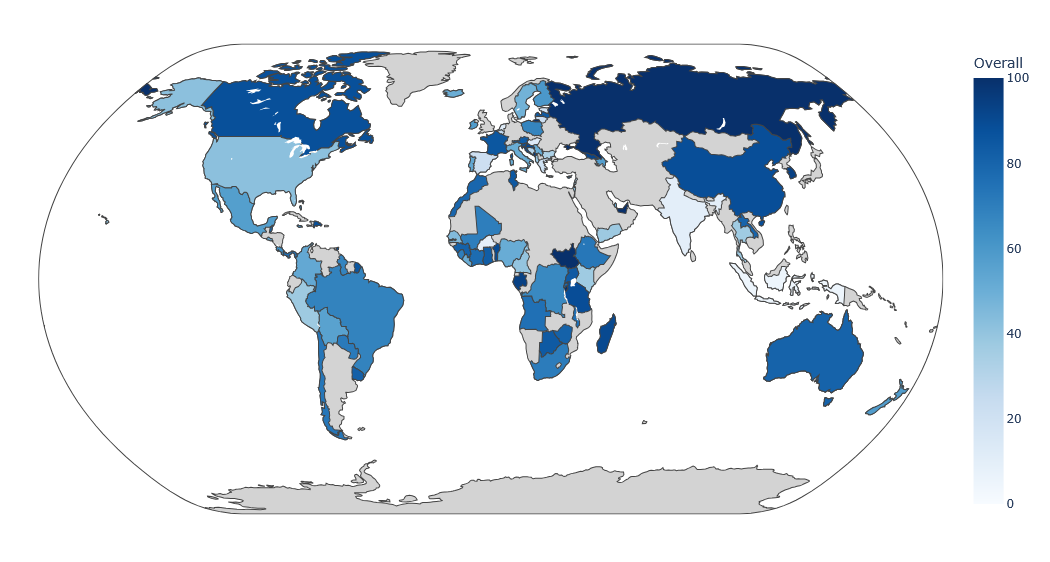
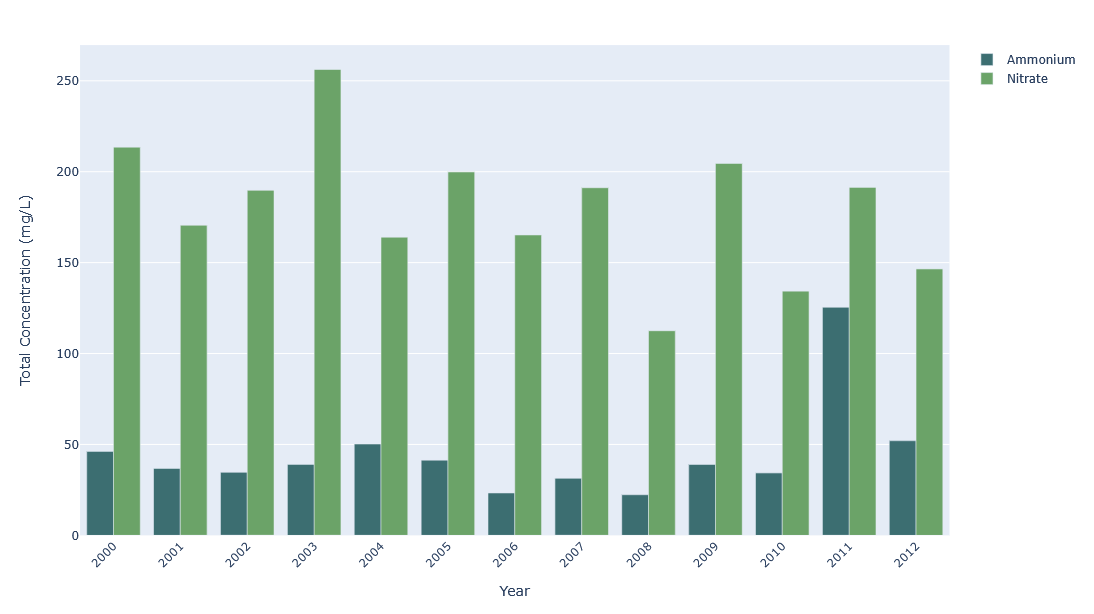
This isn’t just my story, it’s happening all over the world and it’s affecting people too – especially those least responsible for the damage.
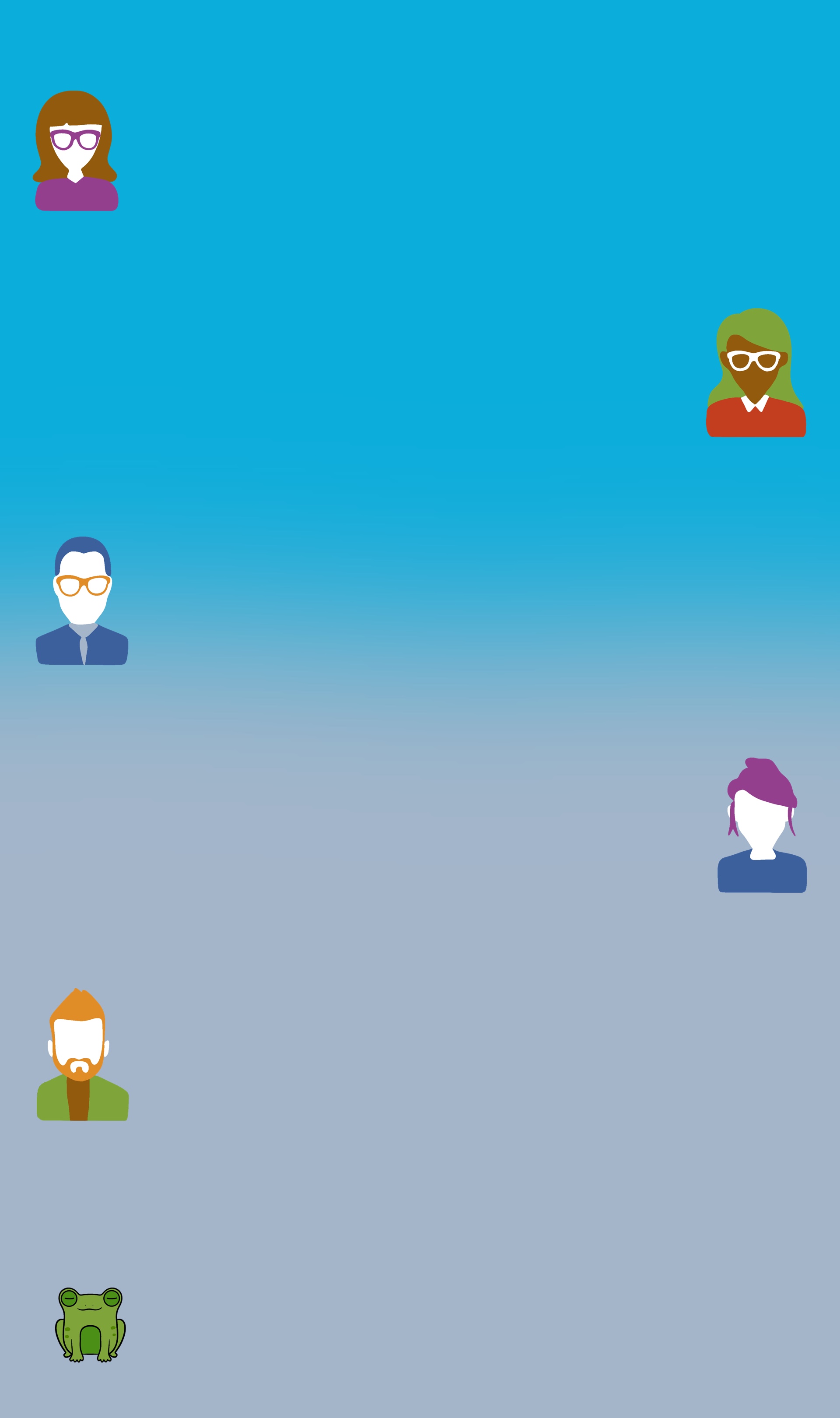

“[Plants and animals are] also a stakeholder or a form of life, which doesn’t really have a say (…) it feels like someone or something that you need to protect because it cannot directly protect itself.”
~ Biodiversity Conservationist

“A lot of things are designed and decided for people instead of, well, in a more democratic way or in co-creation. So, I think that... we need everybody for the challenges that we are currently facing.”
Placemaker ~

“The public doesn't know about the water quality. But I think many experts are also unaware, let's say, not necessarily a water ecologist, but many people just tend to not believe that Amsterdam would have one of the dirtiest waters in Europe”
~ Environmental Consultant

“Placemaking is about listening to stakeholders and improving a place. In terms of ecology, well-being, and socially. The thing is that we try to listen to that and propose improvements.”
Urban Planner ~

“What is green? What does it mean? Because we have many green perspectives (...) but often ‘green’ is regarded as terrestrial ecology. It has to be on the land, because if it is in the water it is not green, but it is blue. Stress is felt.”
~ Aquatic Ecologist
If we’re all connected by water, then it’s decline binds us all too. But maybe… so can its recovery.

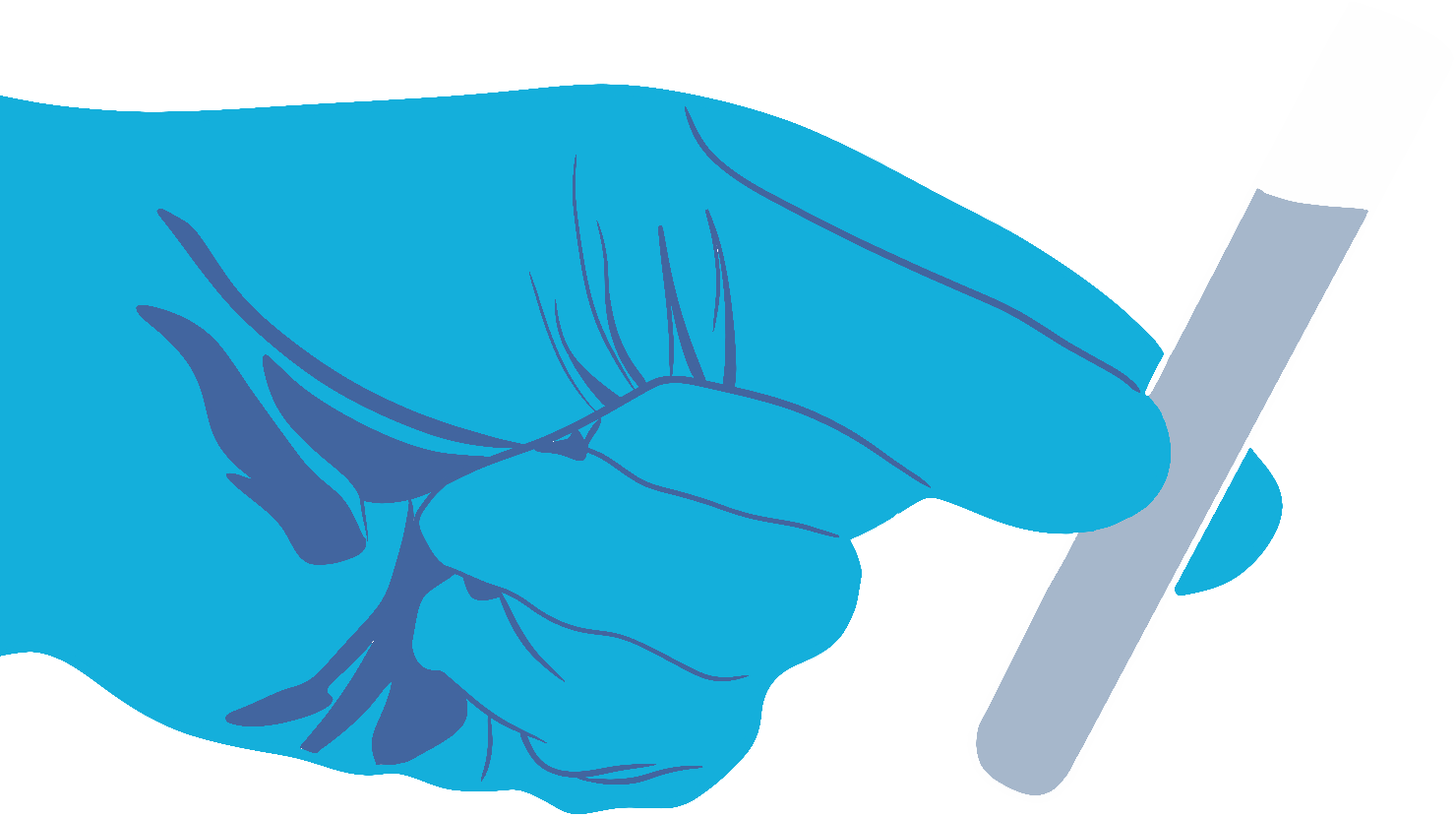
It’s not too late. Around the world people are listening –
to the water and to each other. Take a look at the initiatives all over the globe...
Groene Kademuren
Organization: Municipality of Amsterdam
Keyword/Label: Nature Development
Location: Netherlands
Context: City
The Groene Kademuren are a test section of quay walls containing plants. The idea is to create new habitats for plants to green the quay walls. In the prototype construction methods, materials and plant species were tested to see which setting is the most promising to continue further projects.
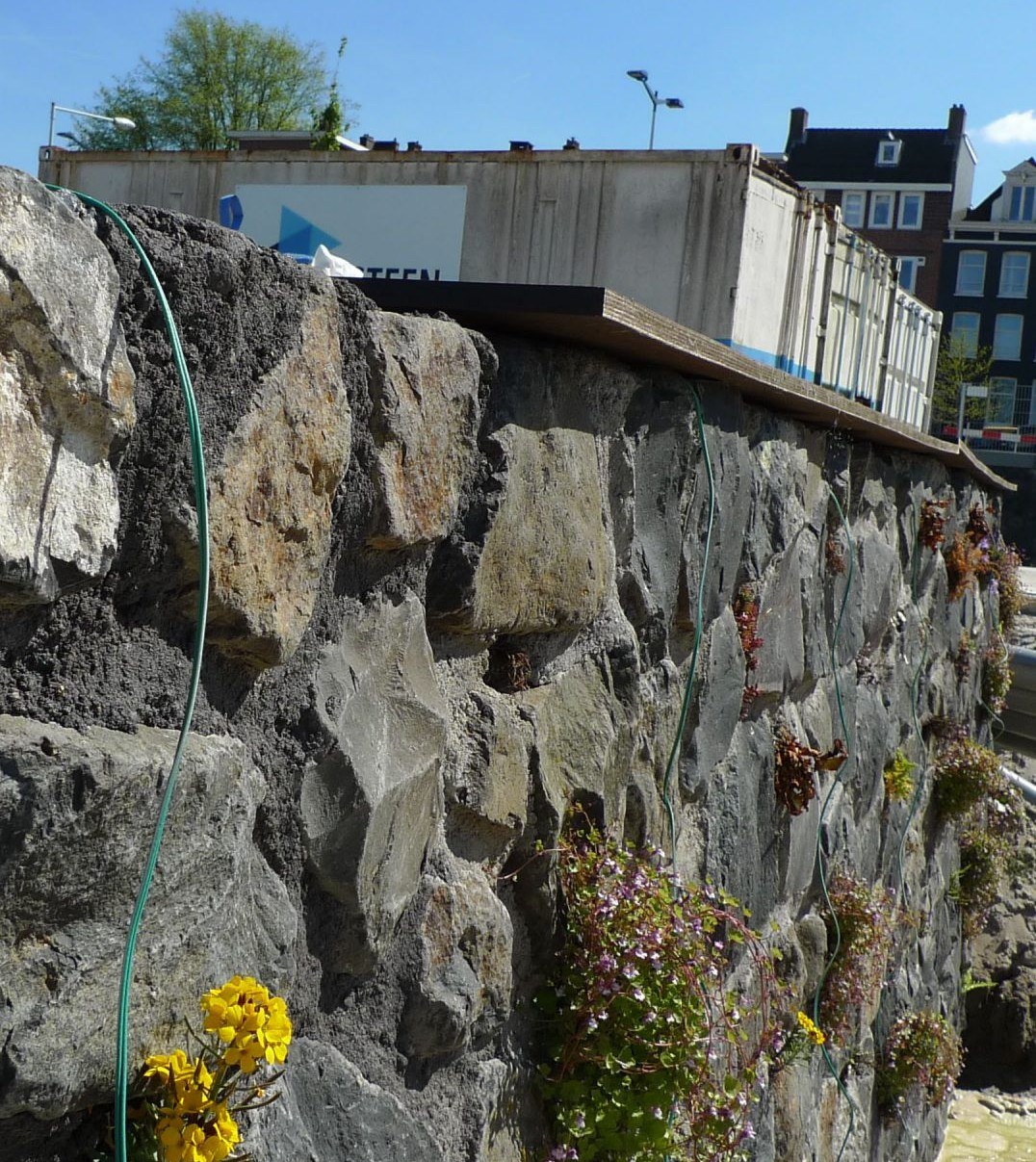
Reef Ball Revetments
Organization: Reef Ball Foundation
Keyword/Label: Object-based Solutions
Location: United States of America
State: Florida
Context: Landscape
Reef balls are a revetment tool that prevents the shoreline of beaches from eroding into the ocean. These balls are formed in a way that creates an artificial reed, acting as an habitat for marine life that normally lives in tide pools. The balls can be produced right at the location with limited resources and vary in size and height.
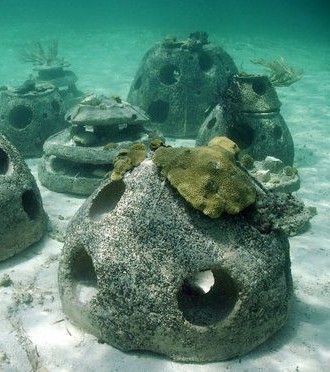
Bishan Park
Organization: Henning Larsen
Keyword/Label: Flood Management
Location: Singapore
Context: City
Bishan-Ang Mo Kio Park, redesigned as part of the ABC Waters Programme, showcases a transformative approach to urban water management and public space. The project replaced a 2.7 km concrete drainage channel with a 3 km meandering naturalized river, creating a vibrant, flood-resilient urban park. Spanning 62 hectares, it now features playgrounds, green spaces, restaurants, and eco-friendly design elements. It addresses global urban challenges of water scarcity and flooding.
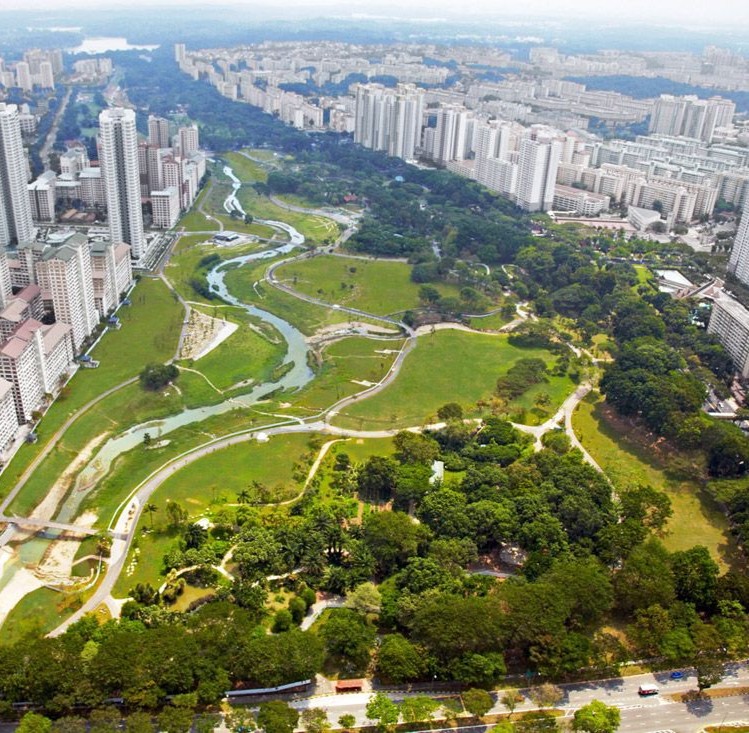
The future of this water doesn’t belong to experts alone. It belongs to communities, to those willing to listen and to act.
It belongs to you.
